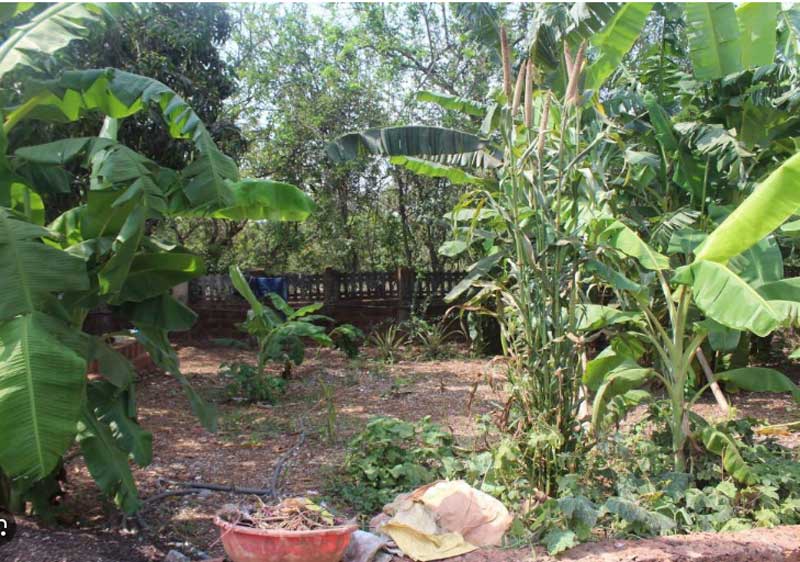The challenges of coastal gardening
We have seen why people like to live near to the sea but enjoying this way of life does not come without its problems gardeners,particularly, must account for the vegaries of the climate,and it is not unheard of for people to move the coast find it is no their liking,then move back inland.
The article is write to alert you to the problems before you make your decision to move seawards.
Wind
The aspect of the weather that tends to effect the lifestyle of coastal dwellers the most in the wind.
Walls
There are two types of stone wall.a dry stone is made without mortal and is usually well suited to rural and and coastal situations.
Fences
A fences is not going to be as durable as a properly built wall,but you may decided to choose a financial reason or because ,asethetically,a fence is more appropriate to the garden.
Naturals screens
These are panels made from woven willows and hazel or bamboo need and sometimes even heater.
Windbreaks and shelter belts
By far the best way to reducing the impact of the wind,there is space,is not put up a windbreak to filter the wind.
Hedges
A gardener should always have at least one hedge to look after.
The problems of salt
Sea water contains approximately 3 per cent salts well as other minerals.
Salty air
How does the air become salty out at sea,the wind will whip up droplets of water, and the smallest ,finest once are carried inland on air currents.
Effect of salt on structures
In the garden there are several structures on
to which is not desirable to have a salt layer.
Blown send
This is a greater problems than you might imagine for example ,a castrophic sandstorm occurred at culbin in scotland at the end of the seventeenth centuary.
Access
Access can be a problem for those owning coastal gardens.
Heat and light
In coastal gardens t he air is frequently clearer than inland,meaning greater light intensity and periods of intense heat in summer.

















